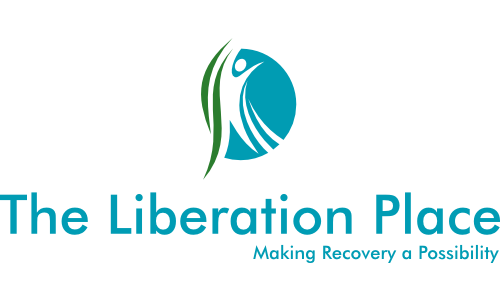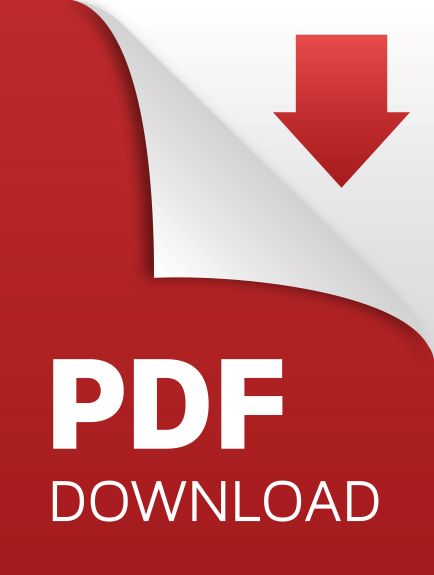The Impulsive Child
When the Impulsive Child is activated in our system, it is often characterized by what seem selfish or uncontrolled behaviors, primarily in response to our emotional childhood needs not being met in the current situation. In the extreme version of this mode, we may seem to others like we are behaving in reckless or manipulative ways toward the people around us in order to get our own personal needs met. The Impulsive Child will do things without thought for the consequences, not because it doesn’t care, but because it does not have the ability to think things through in a rational or logical way.
When asked about the impulsive nature of our behaviour, we may justify it by labeling it as, “Just the kind of person I am, I’m just way to spontaneous” without the knowledge of the difference between these 2 behavioral responses. The Impulsive response is usually designed to avoid a difficult emotional experience we are expected to participate in, and often has us compromise our true core values and beliefs, leaving us battling with the guilt and shame that is activated as a result of this.
“Emotional reactions were at the core of my addictive lifestyle. In recovery, these impulsive behaviours did not go away, they just shifted to a different focus.”
~Steven Morris RP
For me, my impulsive behaviours revolved around a desire for instant gratification. I was unable to sit with myself when there was nothing to keep me occupied, and when there was an extreme amount of emotion in my system, my desire to escape went through the roof. Running away from my fears was a learned behaviour from an early age. My inability to cope came from the things I had seen, and the things I was told, along with my own emotional sensitivity overwhelming my system.
My vulnerable child was at the centre of my impulsive behaviours, my desire for instant gratification was strongly connected to my fear of loneliness, sadness, guilt, and shame. When there was a possibility of experiencing these feelings, not necessarily the experience of the feelings themselves, my Impulsive Child kicked into action in an attempt to escape from anything associated with actually facing my perceived emotional state.
I learned to run away from things that were difficult for me to do, things that I was afraid of failing at, and people that I didn’t think I could connect with. These were my unmet childhood needs for attachment and autonomy, and when those needs were not being met, my impulsive child wanted to escape immediately. This need for impulsivity used to lead me to my substance and process of choice because it worked in conjunction with my detached Self-Soother.
When I stopped using substances to cope with my emotional state, my impulsive child manifested in so many different ways. Watching my unhealthy desires for sugary food, binge watching TV shows at times when I had other responsibilities or hiding from people when I was supposed to be interacting were all indications that I might be struggling with an emotion.
“Accepting that my Impulsive Child was driven by fear was the first thing I had to understand and appreciate, this way I could listen to what it was that it was afraid of.”
~Steven Morris RP.
Stepping into my fears meant learning how to work with my Impulsive Child mode. Soothing its desire to run from these fears was a key factor in my recovery. Understanding my own emotional maturity was a difficult to face and using the skills available in limited reparenting helped develop my emotional children and gave me the opportunity to Live the Life I want to Live.
In the PDF below, you will find a documented version of this page along with a worksheet that’s designed to help you figure out what the Impulsive Child looks like when it's activated within your personality system. Take some time to download it, print it out, and work through the questions and exercises contained in it slowly. If you can, allow yourself to sit with the experience of the Impulsive Child. Keep in mind, this will be an extremely difficult thing to do as the emotional experience of this part are coping mechanisms for the uncomfortable and unwanted emotional experiences we avoid the most.
Download the PDF Worksheet for this page
Follow us on Social Media





